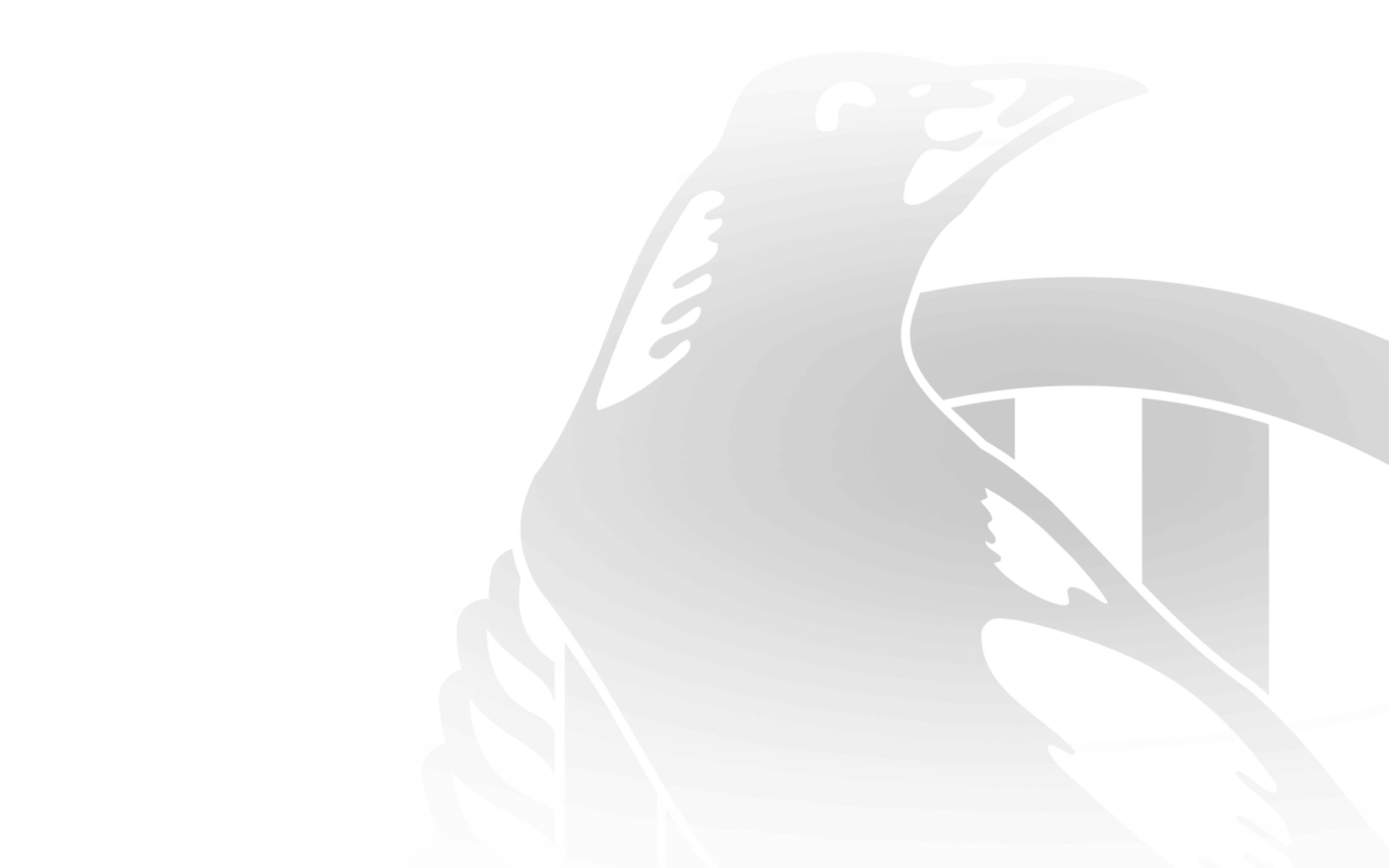Collingwood star Adam Treloar is writing exclusively for AFL Media during this year's finals series as well as appearing on the AFL Exchange podcast.
In week three, Treloar outlines the system that has taken Greater Western Sydney and the Western Bulldogs into this year's preliminary final.
It's called the swarm and spread, and it's propelled Greater Western Sydney and the Western Bulldogs into a preliminary final.
One team will take the style into the season decider.
The basis of it is simple enough: get as many players as possible to a 50/50 situation, and then once the football is won, move the ball into space to a series of running backs fanned out to the open side, or, if possible, hit a target in the corridor and move it at speed inside 50.
It's a set-up akin to the one employed when nick-knocking with your mates on a dark suburban night: swarm, then spread.
Winning the ball in a preliminary final though isn't easy.
Going to head-to-head this week will be some of the best young players in the game.
Marcus Bontempelli, Jackson Macrae, Luke Dahlhaus, Tom Liberatore, Caleb Daniel, and Clay Smith will compete for the Western Bulldogs against Callan Ward, Stephen Coniglio, Ryan Griffen, Jacob Hopper, Dylan Shiel and Josh Kelly.
Most of those players can both win the ball inside congestion and run when space opens up.
They also have speedy runners waiting on the wings or as a springboard from defence.
Think of Lachie Hunter and Jake Stringer for the Bulldogs, and Tom Scully and Lachie Whitfield for the Giants.
Sprinting off half-back are Jason Johannisen and Shane Biggs for the Bulldogs and Nathan Wilson and Zac Williams for the Giants.
It's a style that requires a bit of cat and mouse for the player, as decision-making is constant: does the player want to be an extra number at the contest to give support, or does he sit in space and back his teammates to win it?
Confidence and trust are big components of the swarm and spread because it's so important wingers and high defenders don't get sucked into the contest.
But that takes courage and concentration, because when people are swarming it's hard not to join the mob.
For example, if Johannisen is playing on the Giants' Toby Greene, he might have to let Greene outnumber his teammates at the stoppage from time to time
Does he join Greene or does he sit on the outside will be the question unconsciously running through his head. He could catch his opponent off-guard if his teammates win it, but he could also be left in no-man's land if the Giants gain control.
That's why the team that wins the ball on the inside has the advantage. And those on the inside are my favourites. They are just reckless. They don't care what is going to happen to them. Because without swarming, there is no point spreading.
The most kamikaze two are Ward and Liberatore.
Ward has the nickname 'cement head' because he doesn't care. I don't know what Libba's nickname is, but I'm sure his teammates see him in the same light.
When they go against each other for a 50/50 ball, I don't know who is going to win it. My only tip is that whoever is closest to the ball when they set their eyes on it will win it.
Ward is one of my favourite players. He was once a Bulldog but is now a Giant, but all supporters still love him.
He was so instrumental to taking the Giants from boys to men in football terms.
In round one 2014, he took a mark running back with the flight of the ball against the Sydney Swans that we saw in review all the time. It was deep in the back pocket and Sam Frost (now with Melbourne) was trying to hold out Craig Bird (now with Essendon), while the Sydney Swans' forward Sam Reid charged at the contest.
All of a sudden Ward appeared with his eyes only for the ball and took a chest mark running headlong into the pack. Reid could have killed him because he left his whole ribs and kidney open, but he did not take his eyes off the ball.
It makes you stand taller when people do that, and I can't think of the number of times he did something to get the Giants back into the game.
He did it in round two last season too when we were 27 points down at halftime. Leon Cameron laid it on the line saying we needed to get back into the game on the back of winning contested possessions. In the third quarter we kicked nine unanswered goals and won contested possession 40-26.
Ward topped our contested possession count that game with 14.
It was then that the Giants started to realise the significance of contested possession and that they could match it with other teams.
In 2016, the Giants have risen from being ranked 14th in contested ball to fourth, while the Bulldogs have gone from being number seven in the competition back to one, the ranking they held under former coach Brendan McCartney.
And both teams spread as hard as they swarm.
Contested ball differential and AFL ranking since 2012
2012: Giants -13.6 (17th), Dogs +3.8 (7th)
2013: Giants -17.8 (17th), Dogs +12.5 (1st)
2014: Giants -10.8 (17th), Dogs +2.5 (8th)
2015: Giants -6.0 (14th), Dogs +1.3 (7th)
2016: Giants +11.7 (4th), Dogs +16.2 (1st)
Stats supplied by Champion Data


